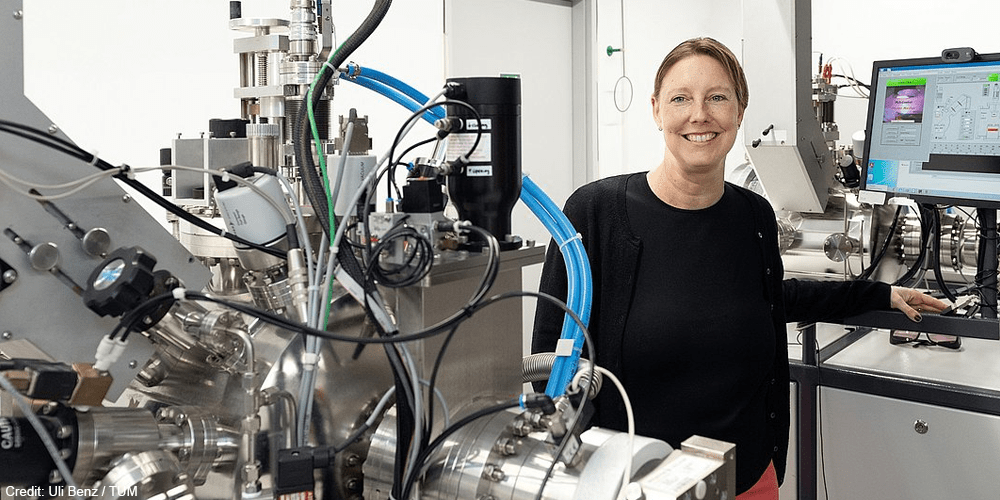TU Munich & MIT research improves ion mobility
A research team from TU Munich and the Massachusetts Institute of Technology (MIT) has now shown that light can be used to increase the mobility of ions in lithium-ion batteries. The research shows that exposing ceramic materials to light can significantly increase ion mobility for fuel cells and, in the future, perhaps batteries.
Lithium-ion batteries and fuel cells depend on good ion mobility, but this faces many obstacles. In the future, this newly discovered “opto-ionic effect” could improve the performance of thin solid electrolytes in lithium-ion batteries, enabling higher charging rates or pave the way for the development of new electrochemical storage and conversion technologies that operate at lower temperatures and achieve higher efficiencies.
Jennifer L. M. Rupp, Professor for solid-state electrolyte chemistry at the Technical University of Munich, says her team has shown how light can be used to reduce the barriers encountered by ions at ceramic grain boundaries.
“Our research shows that illumination of ceramic materials for fuel cells and possibly for batteries in the future can significantly increase ion mobility,” she says. “In gadolinium-doped cerium oxide, a ceramic used as a solid-state electrolyte in fuel cells, illumination increased conductivity at the grain boundaries by a factor of 3.5,” explains Rupp.
The new research utilises the fact that light can be precisely focused, making it possible to spatially control the ion flow at precisely defined points or to switch conductivity in ceramic materials.
The research team says that the newly discovered “opto-ionic effect” could find a wide range of applications in the future. This could, for example, improve the performance of solid-state electrolytes in future lithium-ion batteries, facilitating higher charging speeds. The team’s researchers say the breakthrough could also pave the way to the development of new electrochemical storage and conversion technologies that work at lower temperatures and achieve higher efficiency levels.





0 Comments